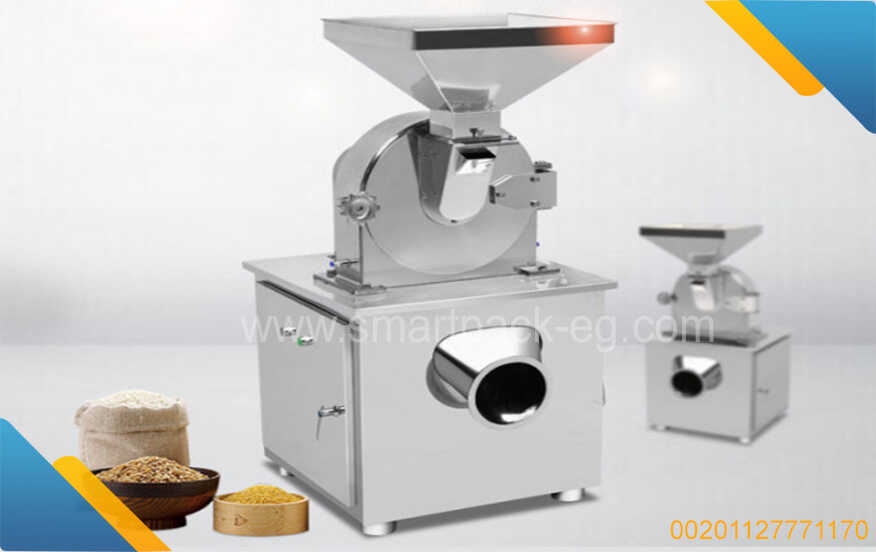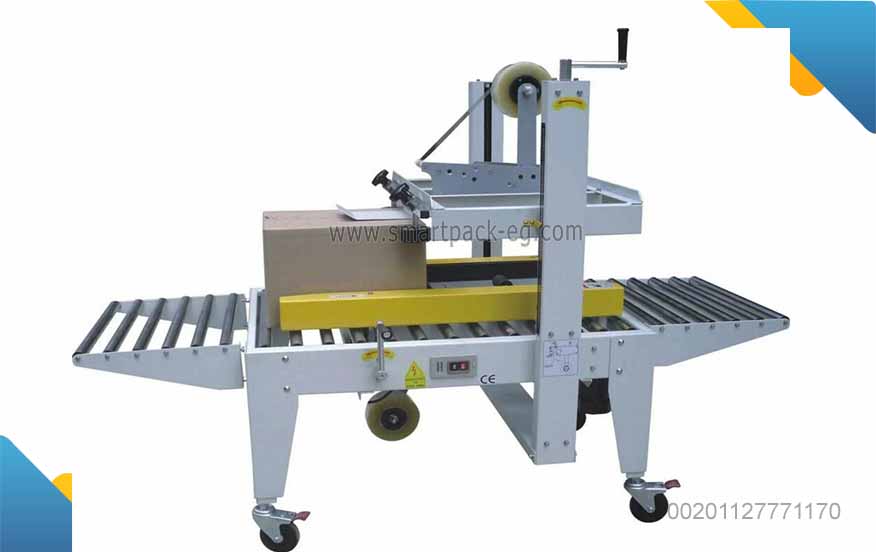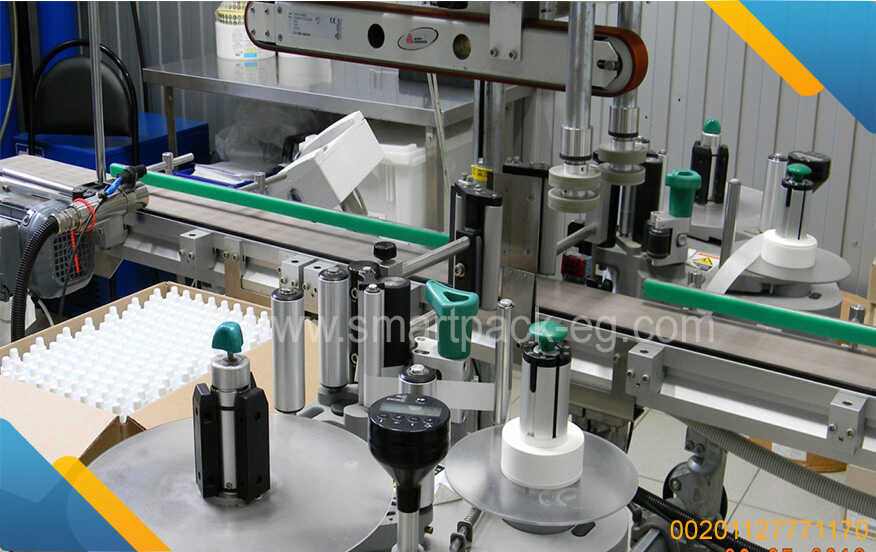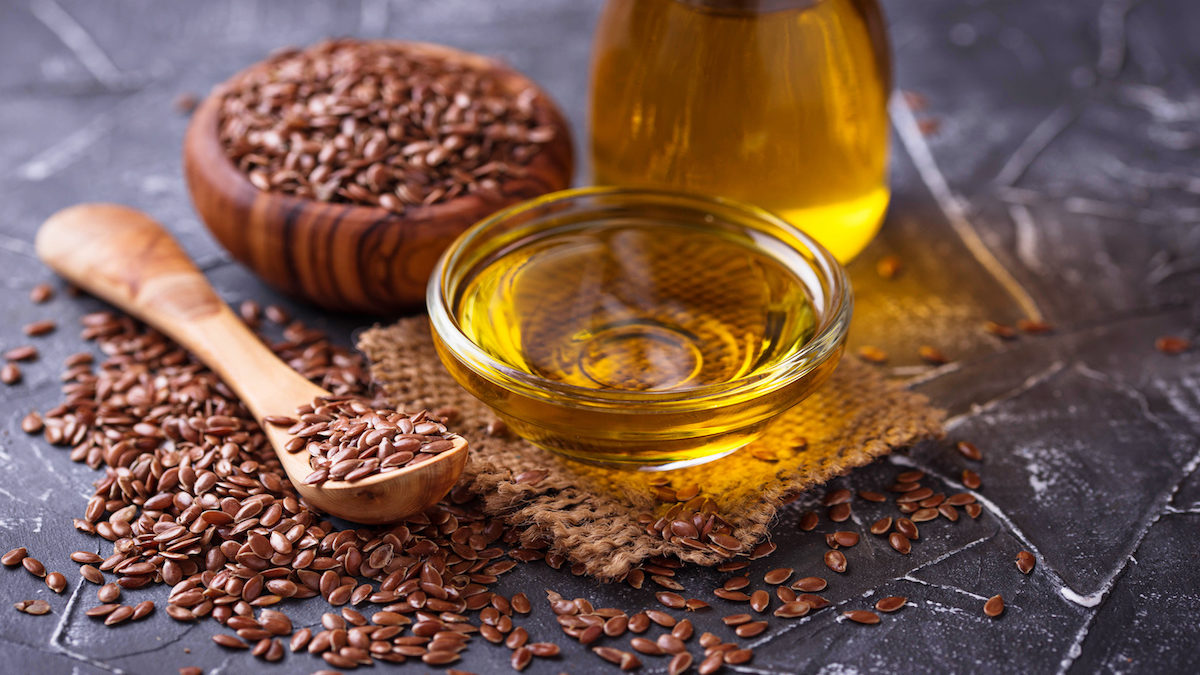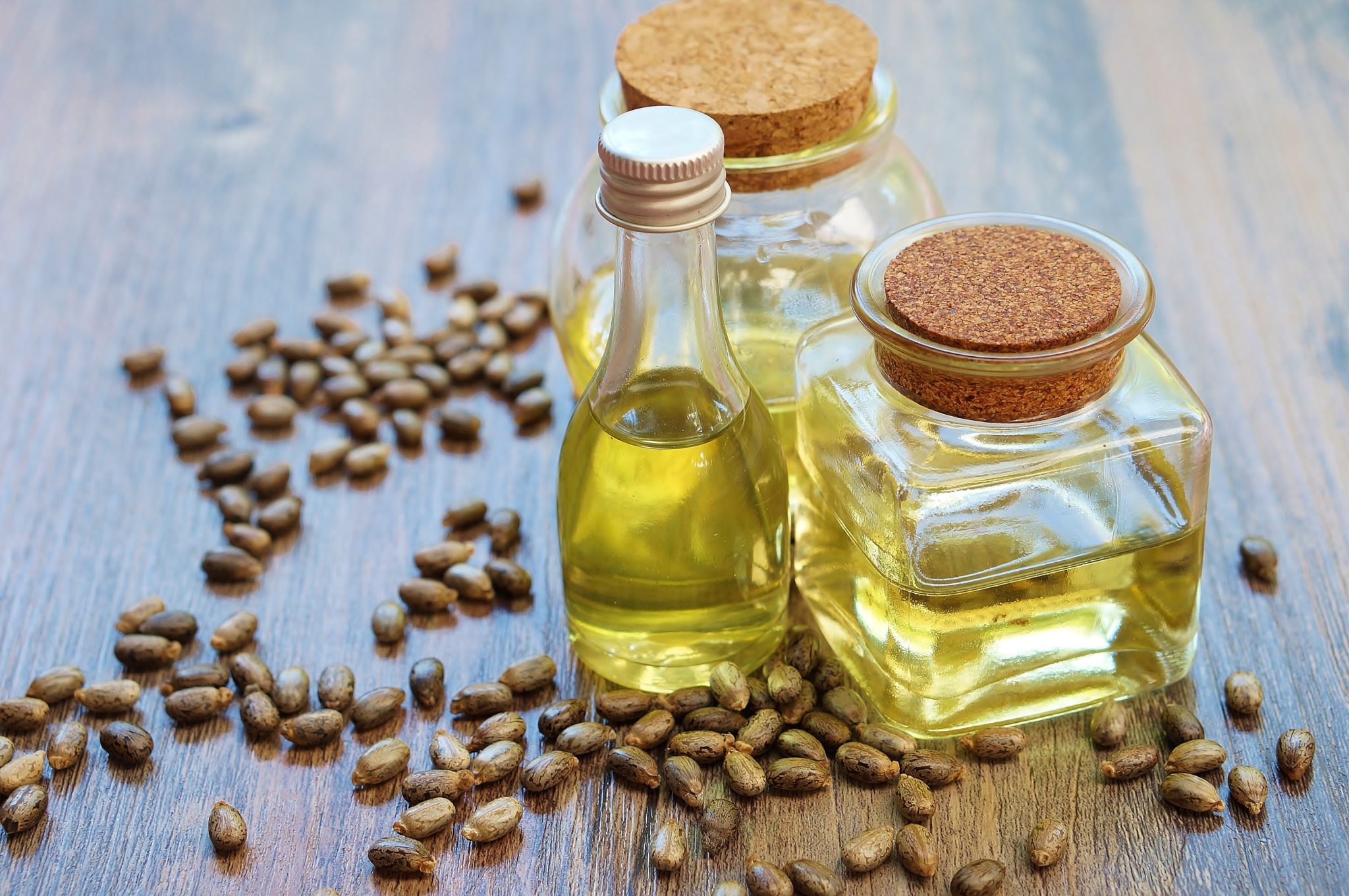How To Guide: Fenugreek Oil Production and Filling Plant Machines, Types, Components
Introduction:
In this guide, I will take you through the process of Fenugreek oil production and provide insights into the machinery used in a filling plant. Fenugreek oil, extracted from the seeds of the Fenugreek plant, has various health benefits and is popularly used in the cosmetic and culinary industries. Understanding the production process and the machinery involved will help you set up and operate your own Fenugreek oil production and filling plant successfully.
Step 1: Seed Cleaning and Sorting
The first step in Fenugreek oil production is to clean and sort the seeds. This ensures that only high-quality seeds are used for extraction. Seed cleaning machines, such as gravity separators and destoners, can be used to remove impurities like stones, dirt, and damaged seeds. These machines employ different techniques like vibration, air flow, and density separation to achieve efficient cleaning and sorting.
Step 2: Seed Pre-treatment
Once the seeds are clean, they need to be pre-treated to optimize oil extraction. This is done by drying the seeds to reduce moisture content and heating them to enhance oil yield. Special seed pre-treatment machines, like seed dryers and roasters, can be utilized to achieve the desired results. These machines come with precise temperature and timing controls to ensure uniform drying and roasting.
Step 3: Oil Extraction
The next crucial step is the extraction of Fenugreek oil from the seeds. There are several methods available, including cold pressing, solvent extraction, and supercritical fluid extraction (CO2 extraction). The choice of extraction method depends on factors such as desired oil yield, quality, and cost-effectiveness. Each method requires specific oil extraction machines tailored to that particular technique. Cold press machines, solvent extractors, and supercritical fluid extraction equipment are examples of machines used for oil extraction.
Step 4: Oil Filtration and Purification
Once the oil is extracted, it needs to be filtered and purified to remove any remaining impurities. This is important for achieving a high-quality final product. Filtration machines, such as plate and frame filters or rotary filters, can be used for effective oil filtration. Additionally, activated carbon filters can be used to remove unwanted odors and tastes from the oil.
Step 5: Bottle Filling and Packaging
Finally, the Fenugreek oil needs to be bottled and packaged for distribution. A filling plant is essential for this process. There are various types of filling machines available, including volumetric fillers, piston fillers, and gravity fillers. These machines efficiently measure and dispense the oil into bottles or containers. Depending on your production volume, you can choose a semi-automatic or fully automatic filling plant with the appropriate capacity.
Components of a Filling Plant:
A filling plant typically consists of the following components:
- Conveyor system: Transports bottles through the different stages of the filling process.
- Bottle cleaning machines: Pre-cleans bottles to ensure hygiene.
- Filling machines: Accurately fills bottles with the desired amount of Fenugreek oil.
- Capping machines: Applies caps/lids tightly to the bottles.
- Labeling machines: Affixes labels on bottles for branding and product information.
- Packaging machines: Packs filled and sealed bottles into cartons or boxes.
- Conveyor belts: Transports packaged bottles from the filling plant for storage or shipping.
Conclusion:
Fenugreek oil production and filling plant machines are essential for the efficient extraction and packaging of this valuable oil. By following the steps outlined in this guide and understanding the different types of machines and components involved, you can set up your own Fenugreek oil production and filling plant successfully. Remember, it is important to choose machines that suit your production needs and maintain high-quality standards throughout the entire process.

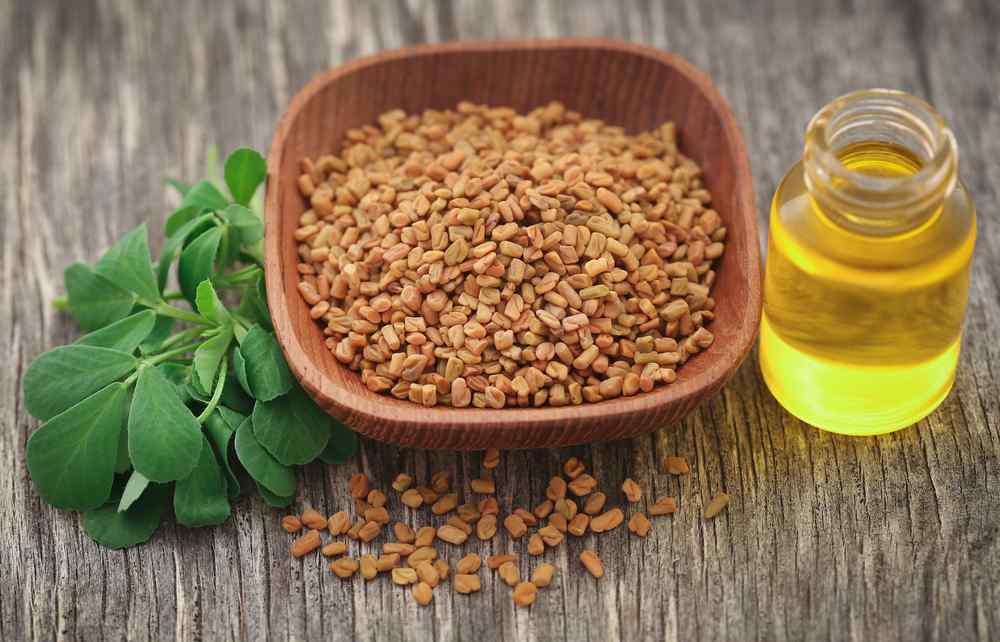
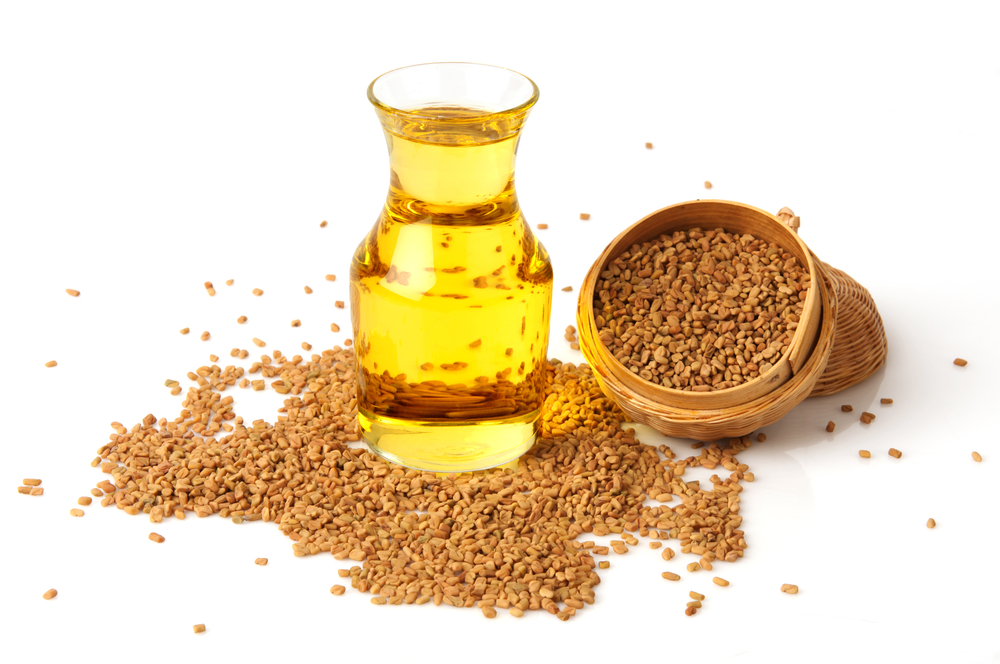
 Admin
Admin 